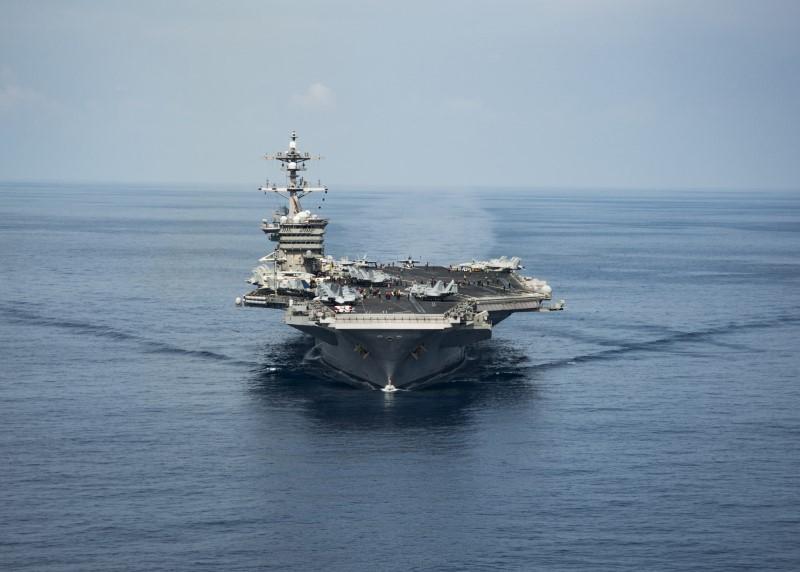TAIPEI—The United States sent two warships through the Taiwan Strait, Taiwan’s defense ministry said on Oct. 22, in a move that could anger Beijing amid heightening U.S. tensions with China.
The ministry said it was in full control of the situation during the U.S. warships’ route through the Taiwan Strait, the self-ruled island’s defense ministry said in a statement. The U.S. navy conducted a similar mission in July.





